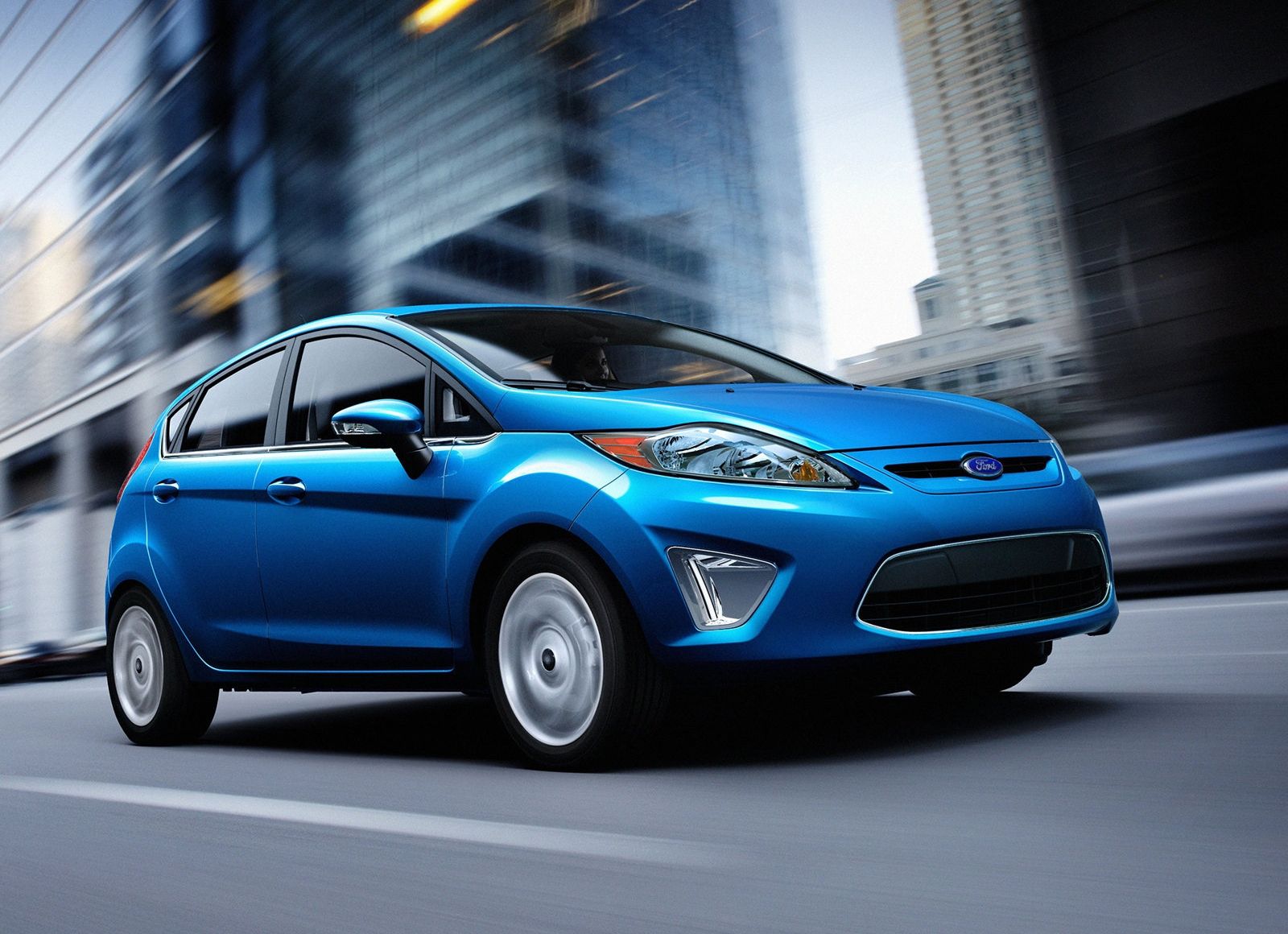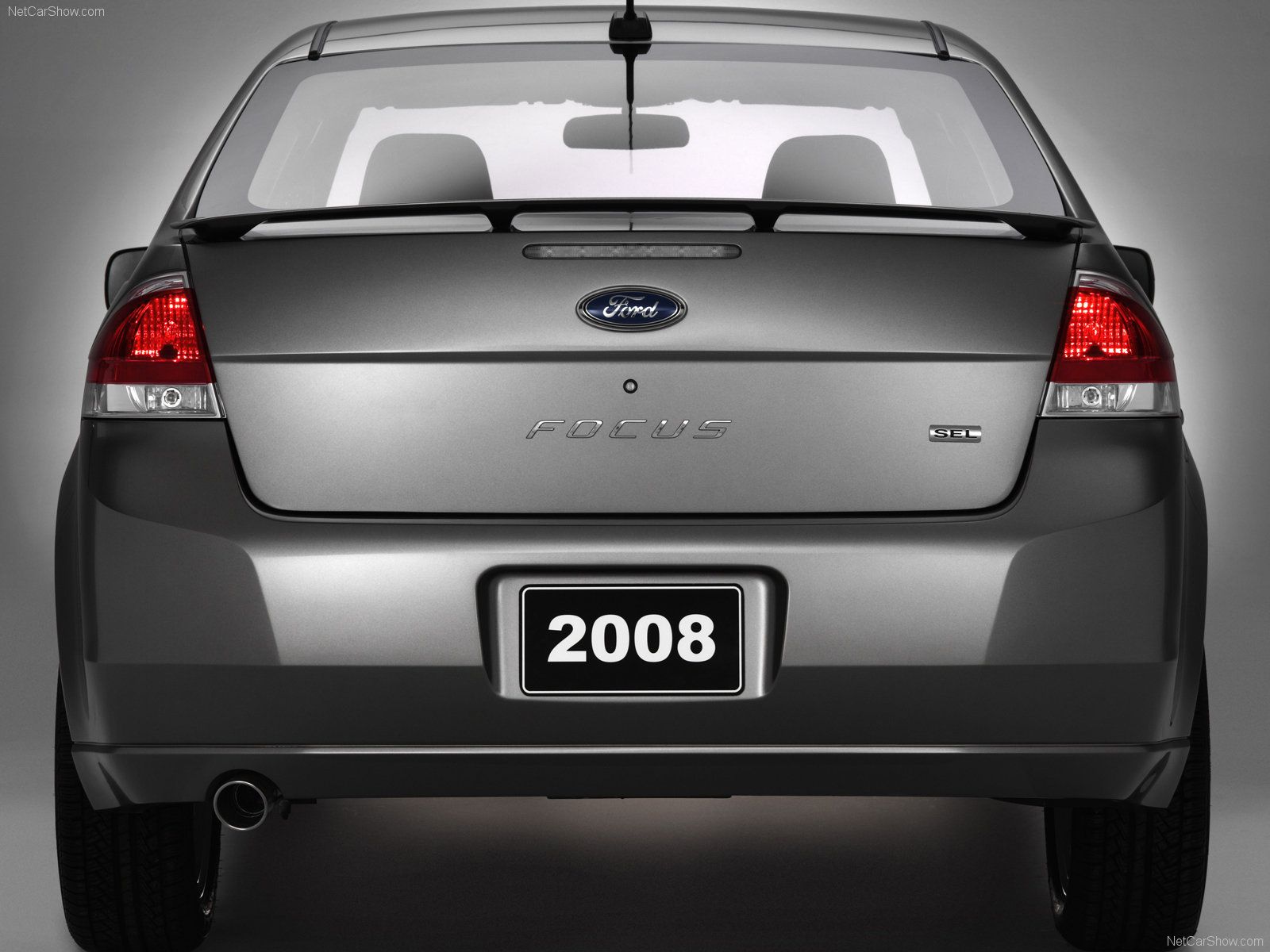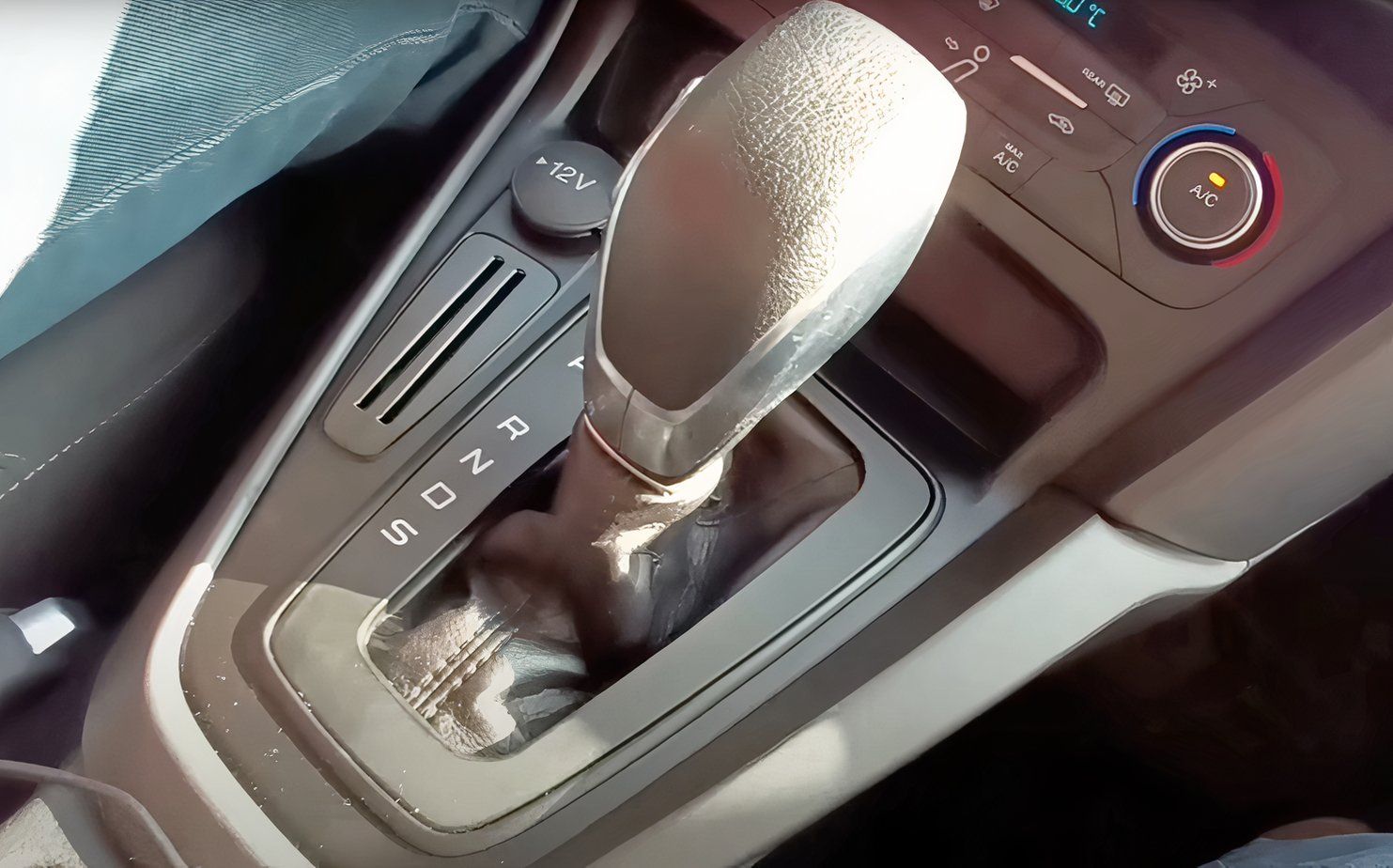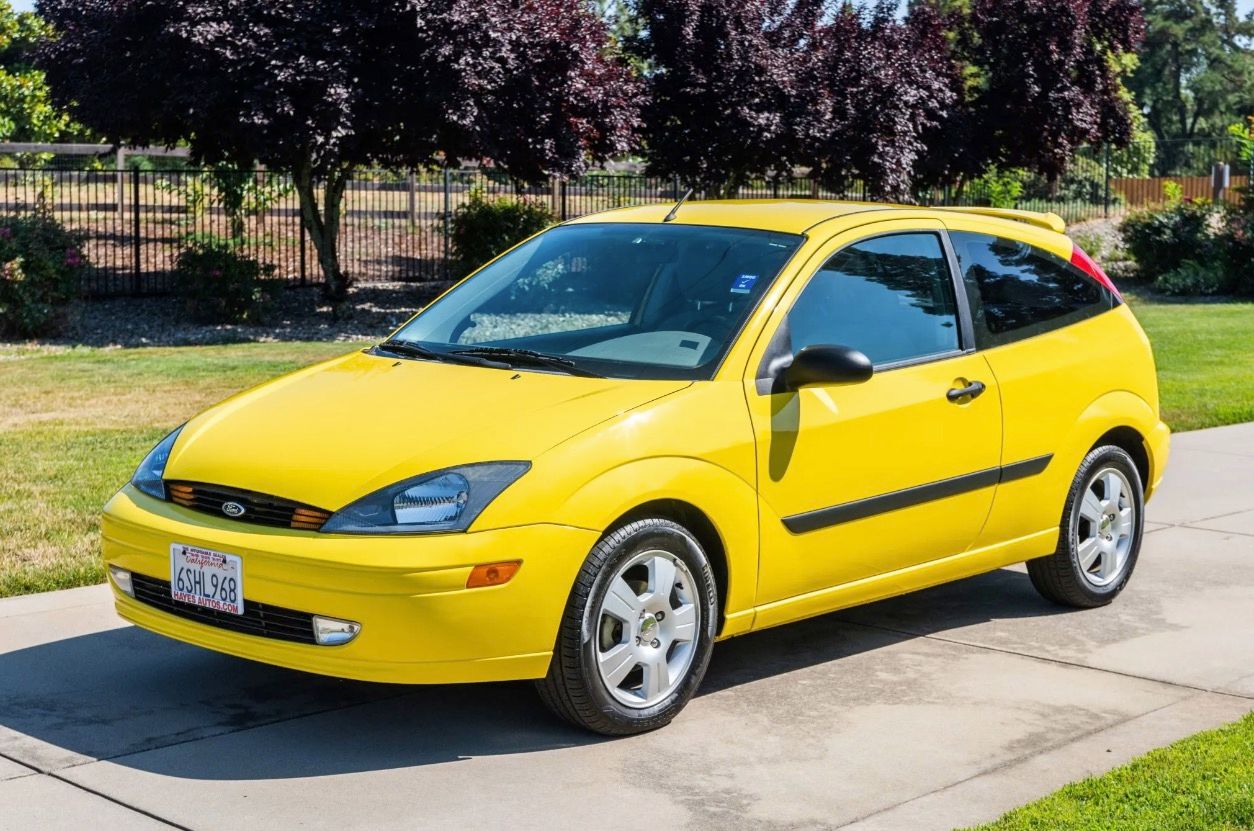Key Highlights
- The third iteration of Ford Focus encountered the most difficulties, particularly the 2012 editions.
- The initial generation of Focus faced challenges with ignition and wiper functionalities, with most grievances coming from the 2000 releases.
- The second-gen Focus exhibited the fewest reported issues, notably the 2011 variants with minimal complaints.
At one point, the Ford Focus held the title of the world’s highest-selling car, achieving this peak in the early 2010s. However, evolving consumer preferences and market dynamics led to a sharp decline in the Focus’s popularity. The model was discontinued in the United States in 2018, and Ford intends to cease production globally by 2025. Renowned for its engaging driving experience, the Focus not only lost ground to more modern competitors but also to SUVs. If you’re considering purchasing an affordable pre-owned Ford Focus, where should you start? We’ll simplify your decision-making process by categorizing each Ford Focus generation from the most reliable to the least reliable.
|
Overview of Ford Focus Generations in the USA |
|||
|---|---|---|---|
|
First Generation |
Second Generation |
||
|
Model Years |
2000 – 2007 |
2008 – 2011 |
2012 – 2018 |
|
Body Styles |
Coupe and sedan |
Sedan and five-door hatchback |
|
|
Engines |
2.0L I4, 2.3L I4 |
2.0L I4 |
2.0L I4, 2.0L turbocharged I4, 1.0L turbocharged I3, 2.3L turbocharged I4, fully electric |
|
Five- and six-speed manuals, four-speed automatic |
Four-speed automatic, five-speed manual |
Five- and six-speed manuals, six-speed dual-clutch automatic, six-speed automatic |
|
3 The Most Advanced Iteration: Third Generation
The most recent version of the Ford Focus released in the American market not only introduced a variety of new technologies and powertrain options but also encountered the highest number of issues among the three generations. Consequently, it secures the third place in terms of reliability among the U.S. iterations.
As per Car Complaints, the 2012 release was particularly problematic, with 797 documented issues, and the models from 2013-2014 didn’t fare much better. The 2012 Focus was highlighted by the NHTSA with 3,693 complaints, second only to the 2000 Focus from the initial generation. J.D. Power assigned a modest 62 out of 100 for quality and dependability to the 2014 Focus, significantly trailing competitors like the Toyota Corolla and Honda Civic. According to NHTSA’s analysis, the 2012 Focus was predominantly troubled by issues related to the following components:
- Powertrain
- Steering
- Engine
- Electrical system
- Transmission
Problems with steering commonly involved power steering failures, necessitating an average repair expense of approximately $1,900. Another prevalent issue with third-generation Focus models is the PowerShift dual-clutch automatic transmission, resulting in shuddering due to the utilization of dry-type clutches. The standard repair cost for this problem is $1,650. Numerous complaints on the NHTSA website pertain to these transmissions.
Ford Focus has witnessed multiple redesign years, notably the appealing facelift of the third generation in 2015. It was more refined and reintroduced some of the Focus charm absent in the second generation, although it was not widely recognized for its reliability. Should you decide to acquire one, we suggest seeking a model equipped with a manual transmission.

Related
Jury Gives Former Ford Fiesta Owner Nearly $60,000 For Problematic PowerShift Transmission
Ford loses yet another lawsuit pertaining to the infamous DPS6 PowerShift transmission.
2 Initial Era: The Revolutionary Phase
Manufacturers often face challenges regarding dependability when tasked with innovation. The introduction of new technologies, platforms, or powertrains is essential to attract customers, yet not all contribute to a reliable vehicle. Although the first-generation Focus was cutting-edge upon release, it did not establish a reputation for exceptional reliability. Based on data from Car Complaints, the initial four years of the first-gen Focus each accumulated over 400 complaints. Analyzing NHTSA records, the 2000 Focus experienced 18 recalls and received 3,881 complaints, surpassing all other American Focus model years. The primary issues reported for the first-gen Focus include:
- Internal accessories, particularly key/ignition issues
- Motor/engine cooling
- Powertrain
- Electrical system
- Malfunction of wiper operation
The most common problem with Focus is the ignition issue, causing the vehicle to fail to start and leaving many owners stranded. One of the most extensive recalls, affecting over a million Ford and Lincoln vehicles, involved wiper function failure, significantly impacting visibility. 671,000 Focus models from 2000-2001 were recalled due to fuel delivery module filter contamination, leading to potential stalling.
Despite these challenges, the first-gen Focus garnered significant popularity for good rationale. It boasted a stylish design, offered more driving enjoyment compared to most competitors, and generally featured robust Duratec engines. The variety of body styles by year for the inaugural Ford Focus further contributed to its appeal.

Include CarBuzz in your Google News feed.
1 Second Iteration: The Ideal For America
Citizens of the United States were bereft of the subsequent iteration of the Focus unveiled in European and other markets. In contrast, regional variants received modernized appearances, fresh interiors, and other enhancements, while preserving the same base as the model from the previous generation. Potentially due to its unchanged foundation, this era of the Focus exhibits the fewest registered complications in the United States. This specific Ford Focus was obtainable for solely four fashion years (2008-2011) and holds the minimum overall count of grievances on Car Complaints. The 2011 variant, correspondingly, stands out with the least amount of objections on the NHTSA’s platform with not a solitary callback attached to it. It was not without faults, though, as some of these proved to be the most prevalent issues:
- Challenges with the suspension
- Interior adornments
- Problems with the transmission
- Surface/coating matters
Unfortunately, Ford terminated the sales of the hatchback and station wagon for said generation, presenting sedan and coupe models that possess inelegant designs that have not stood the test of time. The traditional four-speed automatic transmission is antiquated by contemporary norms, yet at least it did not exhibit the issues found in the PowerShift dual-clutch system of the third generation.
The 2.3-liter Duratec engine was withdrawn by Ford; as a result, all Ford Focus editions of this era sported the 2.0L powerplant. Ford also dabbled in a hydrogen-fueled model labeled the Focus FCV. A mere 18 vehicles were distributed to consumers, showcasing a driving range of between 150 and 200 miles.
While not particularly memorable, the second-generation Ford Focus in the United States is the preferable choice if seeking an inexpensive used car and aiming to mitigate the risk of high operational expenses.

Overview: Steer Clear of The PowerShift
If in search ofIf you’re eyeing a pre-owned Ford Focus, odds are you’re after a vehicle that will help you pocket a considerable amount of money compared to a brand-new one. Our single piece of advice would be to steer clear of any Focus equipped with the notorious PowerShift dual-clutch automatic transmission. The myriad of challenges encountered by customers with this gearbox make it a gamble not worth taking. For those who prioritize dependability above all else, it’s best to steer clear of the third generation entirely, as it represents the most sophisticated – hence, the most intricate – iteration of all Focus models retailed in the USA. Nonetheless, you could still opt for a well-preserved, lower-spec variant with a traditional manual transmission. The incidence of issues decreased over the years for the third-gen Ford Focus models, so aim for the most recent one available.
One predominant issue plaguing the first-gen Focus today is its age. Being neither a pickup truck nor a luxury vehicle, many of them exhibit clear signs of aging. On the other hand, the second-gen Focus, despite being the least thrilling among the trio offered in America, emerges as the safest choice. Several of the first-gen’s problems appear to have been resolved, and it came before the much more modern third-gen model. The second-gen coupe also presents a touch of uniqueness, particularly since compact coupes have largely disappeared from most manufacturers’ lineups in recent years.


